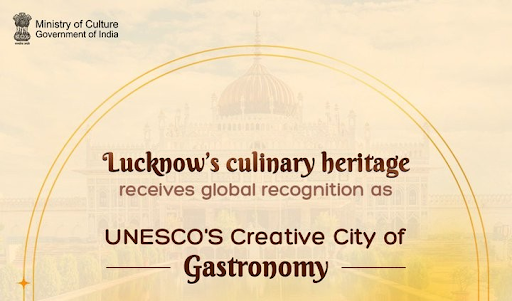





Source: KB
Disclaimer: Copyright infringement not intended.
The Prime Minister recently gifted a pashmina shawl to First Lady Jill Biden during his three-day US visit for the Quad Summit.
Pashmina shawls are luxurious garments, known for their softness, warmth, and craftsmanship. Originating from the Kashmir region, the word "Pashmina" is derived from the Persian word pashm, meaning soft wool (Ladakhi Cashmere wool). It has earned G.I Tag due to the unique traditional process used by local artisans in the Kashmir valley.
The history of Pashmina shawls dates back several centuries. Emperors like Akbar popularized the shawls, making them symbols of nobility and prestige. Over time, Pashmina weaving became an integral part of Kashmiri culture.
Pashmina wool is sourced from the Changthangi goat, also known as the Pashmina goat, which is native to the high altitudes of the Himalayas in regions like Ladakh in India, Nepal, and Tibet. These goats grow a fine undercoat of hair to withstand the extreme cold, and it is this soft undercoat that is used to make Pashmina shawls. The wool is incredibly delicate and measures between 12-16 microns in thickness, far finer than regular sheep's wool.
The process begins by gently combing the Changthangi goat during the molting season to gather the soft wool. Once collected, the wool is cleaned to remove impurities before being spun.
Traditionally, Pashmina wool is hand-spun by skilled artisans, usually women, who use wooden spindles. The fineness of the wool makes it difficult to spin, and the process is slow and labor-intensive.
The hand-woven technique employed in Pashmina shawls is one of its most distinguishing features. Skilled artisans, using wooden handlooms, carefully weave the shawls, a process that can take weeks to months. Each shawl is unique.
|
Product |
Category |
Year of GI Tag |
Unique Features |
|
Kashmiri Saffron |
Spices |
2020 |
High-quality saffron with distinct flavor and aroma, primarily grown in Pampore. |
|
Kani Shawl |
Handloom |
2008 |
Handwoven shawl made using traditional looms and intricate patterns. |
|
Kashmir Walnut Wood Carving |
Handicraft |
2006 |
Detailed carvings on walnut wood, showcasing fine craftsmanship. |
|
Kashmiri Papier-Mâché |
Handicraft |
2008 |
Art form using paper pulp to create decorative items with intricate hand-painting. |
|
Khatamband |
Handicraft |
2011 |
Wooden ceiling designs made by fitting pieces together in intricate geometric patterns. |
|
Basohli Paintings |
Art |
2021 |
Traditional miniature paintings known for their vibrant colors and themes. |
|
Kashmir Willow |
Agriculture |
2020 |
Special willow variety used for cricket bats, valued for its strength and durability. |
|
Kashmiri Hand-Knotted Carpet |
Handloom |
2017 |
Fine handwoven carpets known for their intricate patterns and durability. |
|
Kashmiri Kehwa |
Beverage (Tea) |
2020 |
Traditional tea with green tea, saffron, cinnamon, and cardamom. |
Sources:
PRACTICE QUESTIONQ:Consider the following
Which of the above has been granted GI Tag from Jammu and Kashmir? (a) 1 and 2 only (b) 3 and 4 only (c) 1, 2, 3 and 4 (d) 1, 3 and 4 only Answer: c Explanation: Kashmir walnut wood carving is wood carving work that is manufactured in Jammu and Kashmir, India. Basholi painting is the earliest Pahari school of miniature art form that originated in the Basohli region of Jammu and Kashmir. Khatamband is an art of making a ceiling, by fitting small pieces of wood (walnut, fir or deodar) into each other in geometrical patterns. All this is done entirely with hands without use of nails. The wood is processed, cut into panels and fixed in the ceiling in various floral and geometrical designs. Kani Shawls: Named after the Kani village in Kashmir, these shawls are woven using wooden needles and display intricate floral patterns. |










© 2025 iasgyan. All right reserved